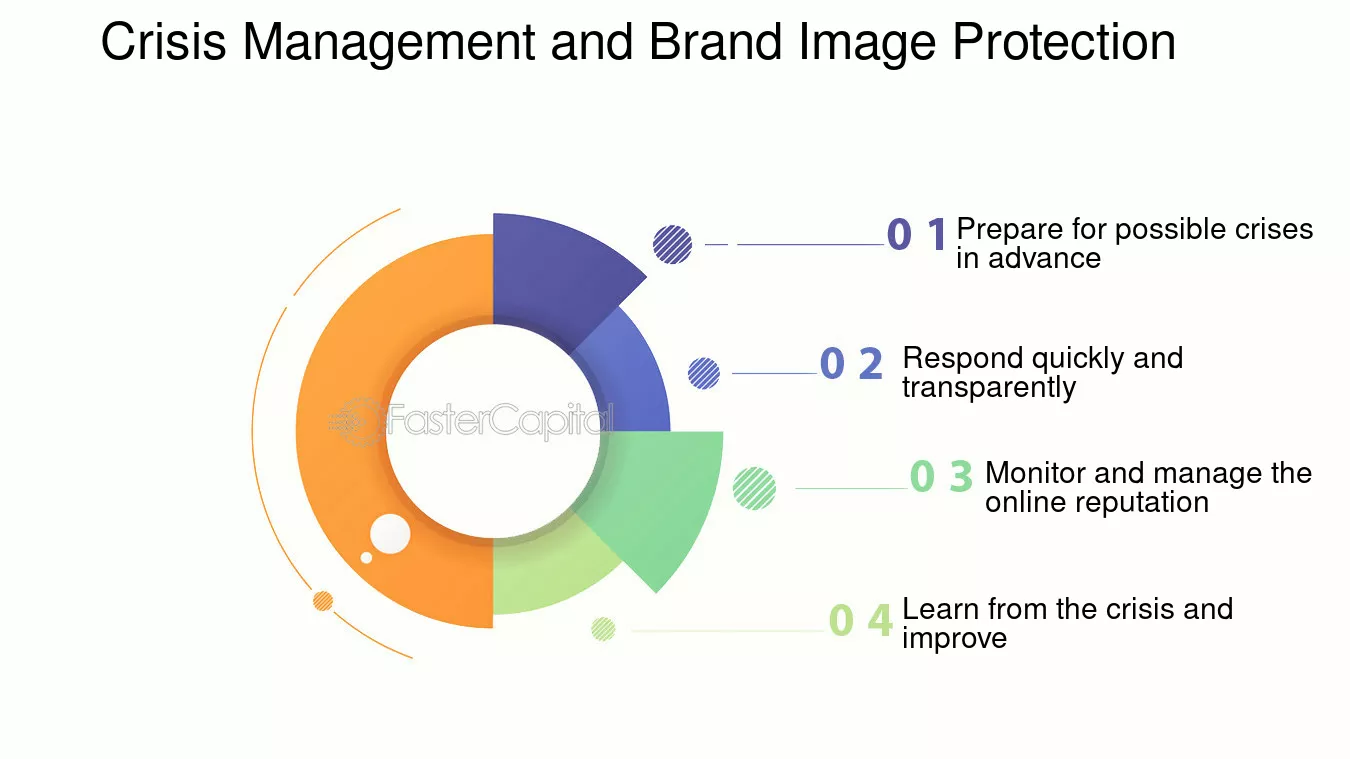Article 05 - Crisis Management & Employer Branding Handling Reputation Challenges
What is Crisis Management?
The
practice of minimizing a sudden or significant incident that could negatively
affect a corporation is known as crisis management. The objectives are to reduce the impact of the crisis, maintain business operations, and learn from the reaction to aid in future crises.
Posey
(2023) suggests that Crisis management is a strategy used to handle sudden
negative events while maintaining business continuity. It involves implementing
policies and procedures to defend, mitigate, and prevent crises. These can be
caused by unpredictable events or unforeseeable consequences, such as natural
disasters, financial problems, or cybersecurity attacks. Potential damage can
affect health, safety, finances, reputation, customer loyalty, or a combination
of these.
The Role of Crisis Management in
Brand Reputation
This
guide provides 5 essential steps for brand reputation crisis management,
focusing on swift action, clear communication, and rebuilding trust. It offers
practical insights to navigate challenges with resilience, transforming
challenges into opportunities for growth and protecting a brand's reputation. (Epstein, 2024)
- Determine the Crisis and Acknowledge It
- Put together a team for crisis management
- Communicate Fast and Efficiently
- Focus On Solutions, Not on Defending Statements
- Always be attentive and learn from mistakes
Handling a brand's
reputation crisis not only involves repairing harm but also highlighting
values, resilience, and dedication. By acknowledging the problem, taking
responsibility, speaking clearly, focusing on solutions, and learning from the
event, challenges can be transformed into opportunities for development.
Source by: (Youtu.be, 2025)
According to Lievens, (2007) in the
modern business environment, a company’s ability to attract top talent depends
on its reputation and image. In fact, there has been much research focused on
employer branding and talent achievement. However, with the rapidly changing
technology, the present economy is connected globally and virtually through a
different range of sources in both informal and formal forms such as social
media, networking platforms or websites. Employer branding is more difficult
since workplace information is becoming commonplace via social media platforms (McFarland
and Ployhart, 2015).
In a highly competitive marketplace, companies need to attract and retain the best workers to compete for customers (Berthon, Ewing, and Hah, 2005). Thus, companies have to differentiate themselves from their competitors and build their reputation and image to retain current employees and attract prospective applicants (Lievens and Slaughter, 2016). Accordingly, several companies have developed standard and official employer branding programs, in which they have spent considerable resources on campaigns, advertisements, websites, and social networks. In addition, companies also need to understand the job seekers’ expectations if companies want to recruit them.
Source by : (Nguyen Ngoc Thang and Pham Thu Trang, 2024)
vorecol.com (2019) suggest that navigating employer branding challenges during crises requires strategic and proactive approaches. Prioritizing transparency, communication, and employee well-being, companies can maintain a strong brand and attract top talent. By demonstrating empathy, honesty, and resilience, they can adapt quickly and strengthen their employer brand for the long term.
What is Reputation Management?
Source by : (www.rebootonline.com,
n.d.)
Case Study with Employer brand experience development in
a crisis situation
The above case explains how the COVID-19
pandemic caused major disruptions for service companies, forcing them to make
tough decisions to sustain operations and cut costs. This study focuses on how
these challenges affected Company X’s employer brand experience, particularly
in terms of employee dissatisfaction with crisis management and communication.
This case study emphasizes that
poor crisis management and communication can severely damage employee trust and
satisfaction. To maintain a strong employer brand during crises, companies must
prioritize transparency, employee engagement, and fair treatment.
Berthon, P., Ewing, M. and Hah, L.L. (2005). Captivating company: dimensions of attractiveness in employer branding. International Journal of Advertising, 24(2), pp.151–172.
· Epstein, M. (2024). Brand Reputation Crisis Management: 5 Essential Steps. [online] NexGen Agency. Available at: https://www.nexgenagency.com/blog/5-essential-steps-for-brand-reputation-crisis-management/.
· Fastercapital.co. (2025). Available at: https://fastercapital.co/i/Brand-Image--How-to-Improve-and-Protect-Your-Brand-Image--Crisis-Management-and-Brand-Image-Protection.webp [Accessed 1 Apr. 2025].
· Lievens, F. (2007). Employer branding in the Belgian Army: The importance of instrumental and symbolic beliefs for potential applicants, actual applicants, and military employees. Human Resource Management, 46(1), pp.51–69. doi:https://doi.org/10.1002/hrm.20145.
· Lievens, F. and Slaughter, J.E. (2016). Employer Image and Employer Branding: What We Know and What We Need to Know. Annual Review of Organizational Psychology and Organizational Behavior, [online] 3(1), pp.407–440. doi:https://doi.org/10.1146/annurev-orgpsych-041015-062501.
· McFarland, L.A. and Ployhart, R.E. (2015). Social media: A contextual framework to guide research and practice. Journal of Applied Psychology, 100(6), pp.1653–1677.
· Nguyen Ngoc Thang and Pham Thu Trang (2024). Employer branding, organization’s image and reputation, and intention to apply: the moderating role of the availability of organizational information on social media. Frontiers in sociology, [online] 9. doi:https://doi.org/10.3389/fsoc.2024.1256733.
· Posey, B. (2023). What is Crisis Management? [online] WhatIs.com. Available at: https://www.techtarget.com/whatis/definition/crisis-management.
· Sinkkonen, J. (2021). Employer brand experience development in a crisis situation. [online] www.theseus.fi. Available at: https://www.theseus.fi/handle/10024/498821.
· www.internationalsos.com. (n.d.). What is Crisis Management? | Blog. [online] Available at: https://www.internationalsos.com/insights/what-is-crisis-management.
· www.rebootonline.com. (n.d.). A Guide to Brand Reputation Management ⏐ Reboot. [online] Available at: https://www.rebootonline.com/blog/brand-reputation-management-guide/.





This article provides a comprehensive overview of crisis management and its critical role in protecting a brand’s reputation, particularly during challenging times. The clear steps for managing brand reputation during a crisis — from swift acknowledgment to focusing on solutions — are crucial for maintaining trust with both employees and customers. The case study on Company X during the COVID-19 pandemic highlights how poor crisis communication can harm employee satisfaction and trust, which in turn affects the employer brand. As the article suggests, transparency, empathy, and strong leadership are key to navigating such crises successfully and ultimately strengthening the organization’s brand reputation. This is a great reminder of the importance of proactive crisis management in preserving a company’s long-term success and appeal to top talent.
ReplyDelete